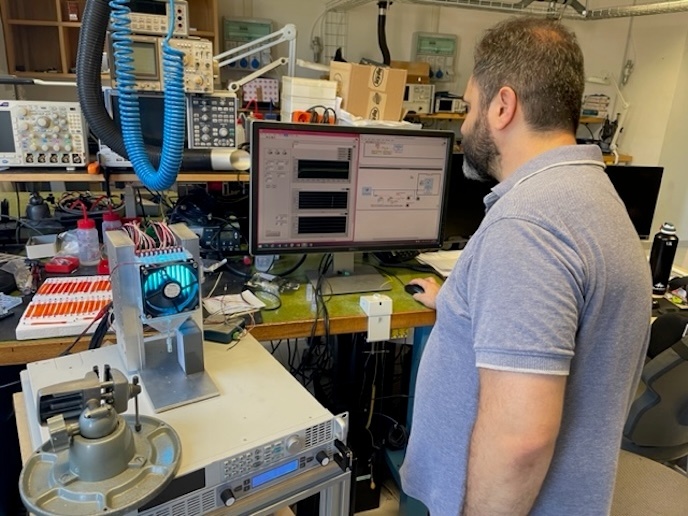Restoring cardiac function with artificial muscular tissue
Heart failure and atrial fibrillation – irregular heartbeat rhythms that impair blood flow and increase the risk of forming blood clots – are both associated with poor cardiac mechanical function. Atrial fibrillation for example can occur when the heart’s upper chambers beat irregularly and rapidly, leading to a disorganised heartbeat. While advances have been made in terms of prevention of thrombosis and control of the electrical disfunction in patients suffering atrial fibrillation, current medical or surgical treatments are often unable to restore normal mechanical muscular performance.
Restoring cardiac mechanical function
The EU-funded REPAIR(opens in new window) project sought to address this challenge by supporting or restoring cardiac mechanical function through the use of smart materials. To this aim, an improved liquid crystalline elastomer (LCE)-based artificial ‘muscle’ was developed, which responds to external stimuli to generate movement or tension. “The project consortium built on preliminary results of exploiting LCEs when exposed to light,” explains REPAIR project coordinator Elisabetta Cerbai from the University of Florence(opens in new window) in Italy. “Applying light at a specific wavelength enables the material to change shape, and to contract like cardiac tissue.” The REPAIR project set out to upgrade the properties and capabilities of LCEs to better support heart health. This was achieved by bringing together expertise in cardiac biomechanics, pathophysiology and state-of-the-art smart materials technology. LCE-based smart materials were developed, alongside a connected external control unit. This Bio-Contractile Unit (BCU) modulates the amount of light stimulation needed, acting as a kind of ‘tunable’ cardiac assist device. The prototype was then demonstrated ex vivo in animal models.
Efficient LCE-based material
The project team successfully developed an improved energy-efficient LCE-based material that, when excited by light sources, can be integrated into the contractile unit. “We advanced our knowledge of how to optimise these materials and make them contract in ways similar to muscle cells,” says project co-coordinator Camilla Parmeggiani from the University of Florence. “We also speeded up the artificial muscles preparation through 3D printing, making them easily accessible in large amounts.” The prototype external device was also successfully developed, though further work is needed before it can be tested in vivo. “There is nothing comparable to this pioneering device,” continues Parmeggiani. “This was a great effort in terms of mixing engineering, technological, chemical and biophysical competences.”
New generation of cardiac assist devices
The long-term hope is that successful in vivo trials will eventually pave the way for a new generation of cardiac assist devices. The tunable external device pioneered through the REPAIR project, along with the ability to 3D-print smart material to suit individual needs, means that therapies can be tailored to specific patients. Next steps include integrating smart materials(opens in new window) with stem cells and trying to reduce the size of the external control device. The consortium is also looking at the potential of applying the technology to other types of tissue. “This technology could be applied to the gut, or other structures like veins where tissue might need to contract or dilate,” adds Cerbai. The project has published(opens in new window) a great deal of its work, and much of the data is freely open via the REPAIR open data(opens in new window) research tool.







